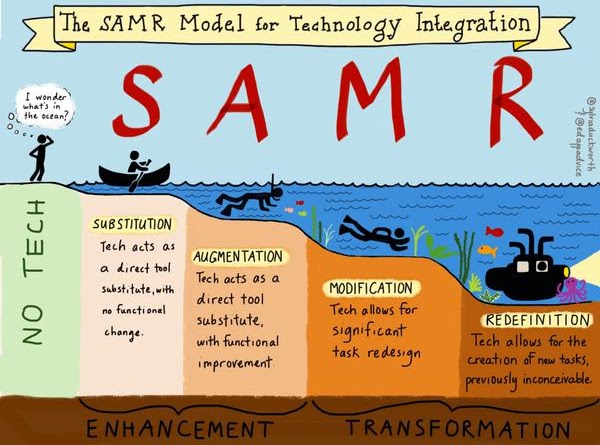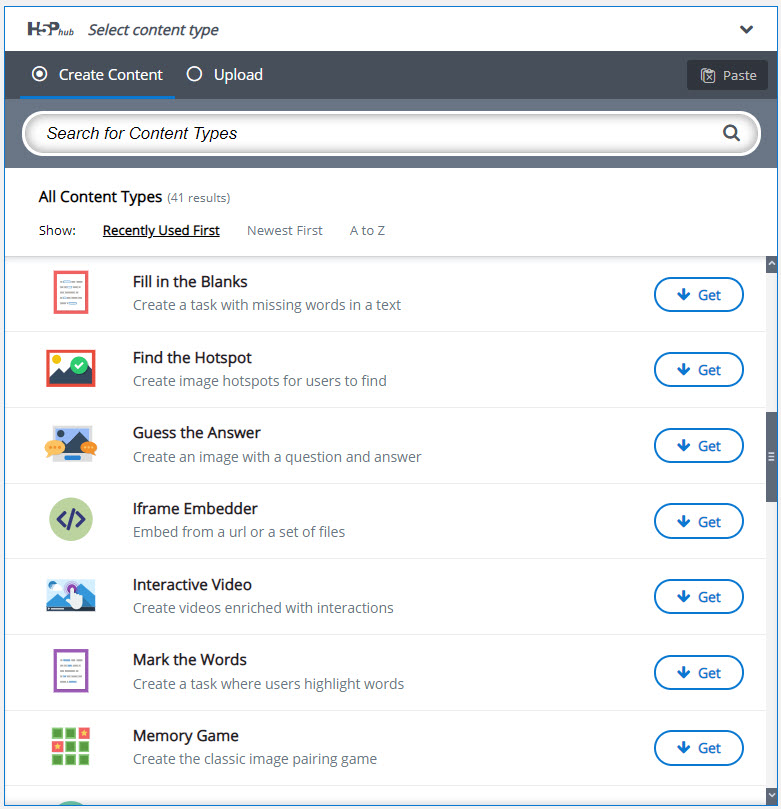Course Readings
Assessment: The Silent Killer of Learning
Eric Mazur
Mazur is a true innovator when it comes to redefining assessment in education. Take a few moments to listen to Mazur explain why we need to think about our approaches to assessment. In Assessment: The Silent Killer of Learning Mazur argues that our approach to assessment is focused on the regurgitation of memorized information and cookbook procedures. He focuses on the purposes of assessment and he offers a few ideas for improvement. If you are willing to step out of your comfort zone and incorporate some of his ideas into your teaching we can help. Come see us to find ways to use technology to create assessments that reflect real world tasks. (ETEC 524)
Video games, learning and literacy
Gee explains how he was introduced to video games and how he caught on to the theaory of learning behind video games. He takes an optimistic view of video games and descibes the learning principles often found in games. He discusses assessment and how it currently drives our school system, how we teach then assess. Then he brings forward a good point, we are not tested after playing video games because they are immersive, they test us. Gee pushes situated and embodied learning, teaching students to be able to use facts and information to solve problems. In Learning by design: Good games as learning machines Gee suggests that if students in formal educational environments had the ability to build their own knowledge, as players in a game do when they beat a level, more progressive learning would follow rather than the frustration that is often felt by students in academic settings.
The SAMR Model for Technology Integration

SAMR is a model designed to help educators infuse technology into teaching and learning. It provides a technique for moving through degrees of technology adoption to find more meaningful uses of technology in teaching and move away from simply using “tech for tech’s sake.” (ETEC 524)
The Real World of Technology – Part 1
Ursula Franklin
Technology has always been part of human existence. Listen to Ursula Franklin explain how technology has had large scale-effects on culture itself.
Franklin defines technology as a system of practices (the organization of work and people) and shared values (the models that underlie our thinking and discussions about the practices) (ETEC 565B)
“It is my view that today’s real world of technology is planned and run on the basis of a Looking at technology as practice, indeed as formalized practice, has some quite interesting consequences. One is that it links technology directly to culture, because culture, after all, is a set of socially accepted practices and values. Well laid down and agreed upon practices also define the practitioners as a group of people who have something in common because of the way they are doing things. ~ Franklin
Connected but Alone?
Sherry Turkle
As we expect more from technology, do we expect less from each other? Sherry Turkle looks at how devices and online personas are redefining human connection. Turkle says we need to really think about the kinds of connections we want to have. Turkle studies how our devices and online personas are redefining human connection and communication—and asks us to think deeply about the new kinds of connection we want to have. (ETEC 510)
Digital Detox
Additional Resources
H5P
H5P is a free online resource creator that allows both teachers and students to create interactive content. H5P allows you to create engaging lesson enhancements, as well as both formative and summative assessments. H5P allows students to demonstrate learning through the transfer of skills or content from one context to another. (Mazur 2013) The H5P plugin is available for use via Moodle, WordPress and Pressbooks, students can author in WordPress and Pressbooks. (Used in assignments – ETEC 565S, 565B, 565D, 524, 510, 511 and 512)


